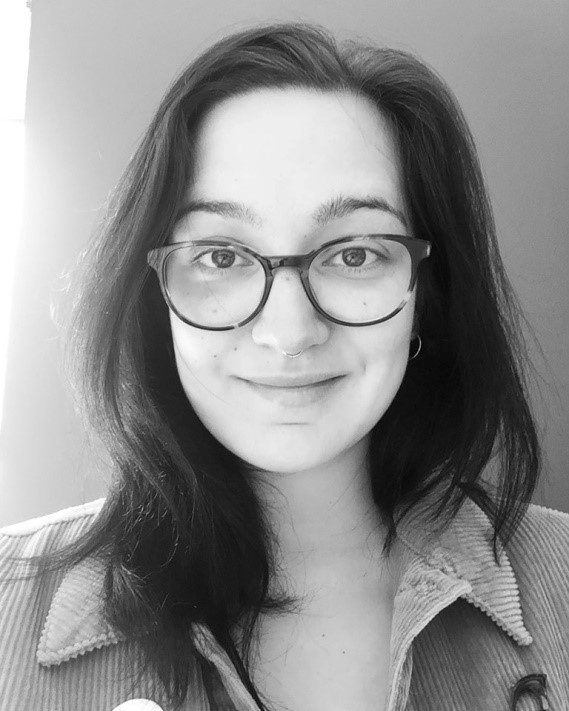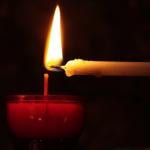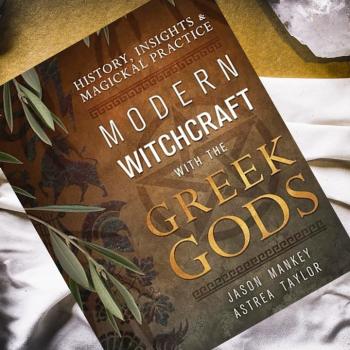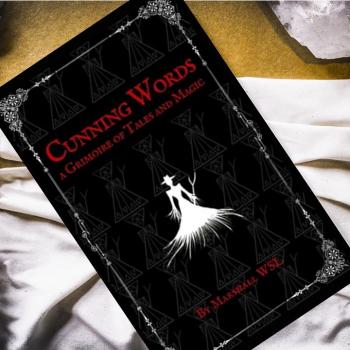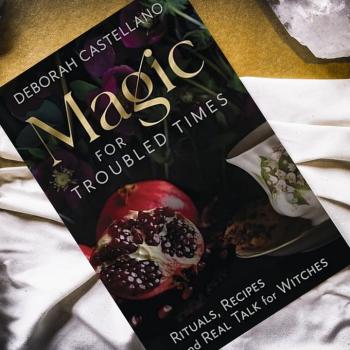Conversing with an old friend, a Magician, he describes his experiments with will, consciousness and identity. His words prompt in me a realisation: I still carry around a complex, a muddy pool left unstudied. I fear that I am not a real Magician, that I am an imposter of some sort. I berate myself, for I do not do magic as these others do, this playful causality of action and result.
When I delve this insecurity, and these secret thoughts are brought to light, I find something unexpected: they are true. Yet the deficiency lies not within my magic, but with the words by which I speak of it.
“I am not a Magician,” I say to him. “I’m a Priestess.”

It is funny to think, looking back on my life so far, that I have always been on the path.
I remember telling friends at college that I, the party-girl Scarlet-in-training, had decided to take four years of Theological Studies at a religious college for my Bachelor degree. I remember the bemusement of my classmates, the laughter of my drinking-buddies; I remember my teacher telling me that he was sure Philosophy would be a better fit. But to me there was no question. I was fascinated by faith.
When I was a girl, the only child not baptised in my little school in the North East, I mixed potions in the garden and dreamt of Egyptian gods. I always knew that belief meant more than a white beard and sin.
I knew, even as a child, the power of fantasy. I knew that when sceptics rejected superstition and God, that they had misunderstood something; that they were looking at a painting and complaining that the colours were too vibrant, the shapes too beautiful. I know now that when the sceptic or the scientist rejects superstition and God, they misunderstand something fundamental about the nature of the claims they are making, about the nature of their experience, about the nature of this world.
But we, who delve the worlds of magic, we are those who know the power of belief. For to believe means only: I acknowledge that this thing has the potential to become real through the acts concurrent with believing.
It is all a game. And this is the most important game that we can ever play.

This game of religious belief is the basis of all of our systems; it underpins every aspect of our lives. Money, politics, ethics, law, culture, beauty – words themselves. All these are games that are based on the simple fact that if you believe something, and act consistently as though it were true, it becomes real. We create truth. We are the arbiters of reality.
Modern magic is too often practiced as though a religion without a God. But the magical revival was supposed to herald the return of the Goddess. This both is and is not the same thing as not-God.
The centre of our current is the Mystery of Sex Difference, which is the Mystery of Menses and Miscarriage and Sperm and which becomes, under probing, the Mystery of the Infinity of Bodies that are Other than Mine. The physical that is irreducibly other, the fluid that my body cannot produce; the confounding of infinity in the finite physical body; this is the locus of magic.
Magic is the embodiment of God.
The Mystery of Mysteries is the Philosopher’s Stone; which is to say, it is the negotiation of the fluid of the Other. Reify the formula, and risk forgetting the structure: magic is the interrogation and use of structure, identity and othering.
I am the sperm eater; in my belly are the children of nations.
I am the sin eater; in my belly is the death of nations.
The problem with modern magic is its desperate agnosticism, its strident belief that belief doesn’t matter. But remember, atheism only means, “I believe there is No God.” There is no escaping belief. The problem with modern magic is its agnosticism. I can still be friends with an abuser. I can fail on the mundane plane. There is no ethical imperative, only what works best for me. What is easy, what is comfortable. These are all aspects of the belief that you don’t have to devote your entire life to the Path; but this is a lie.
“And behold! if by stealth thou keep unto thyself one thought of thine, then shalt thou be cast out into the abyss for ever; and thou shalt be the lonely one, the eater of dung, the afflicted in the Day of Be-with-Us.”[1]
Modern magic as it is too often practiced is like a religion without the Gods, a thought experiment of an insolent child. But immortality is a lie; Our Holy Mother comes for us all, in the end.
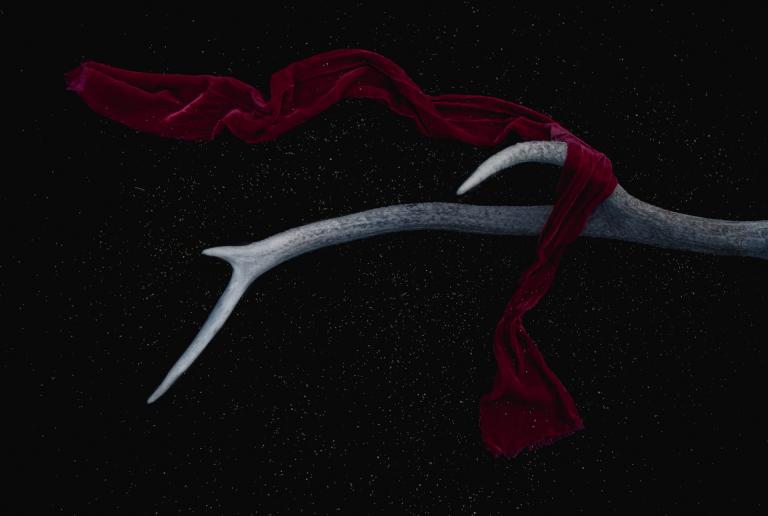
We parse Babalon as Innana, but this is a false equivalency.
Babalon is the Mystery of Mystery, distinct among the multiplicity, a Veil of its own pattern. She has Her roots, but these are not Her. She is a Mother Goddess and a Death Goddess and a Sex Goddess and She is as old as Time and She is a thoroughly Modern construction.
And I wonder, why do we think of the Mother Goddess as a calm, benevolent, passive deity? The mother is the woman without limit; her kindness is only outlasted by her cruelty. But this ye know not, for ye know not love[2].
The problem with parsing Our Lady as Innana is that it makes of our living, breathing reality a forgotten Goddess, a historical symbol. But She is not old and forgotten but new, and rising; She is unique to us, and our situation; for we are not repressed in the way we were before, but in new ways, insidious ways
And I see a theme appear; women who learn of Our Lady through a man too easily misunderstand. They clamber into the glass cage upon the altar in search of the crown. But the head with a crown in a glass cage is a desiccated mummy (however sweet she smells). A relic, whose infinite power has been met with an immortality that would make it powerless. The woman who learns only through a man has no direct contact; thus she cannot be mediator, priestess: only vassal, and sacrifice. These women, they allow the terms of their religious experience, the very boundaries of their body to be set out by someone else. These women, they are so determined that the Scarlet Woman is an archetype and a personal goal, that there needn’t necessarily be a goddess; they cannot see that all this is so many Word Games. We are so determined to be atheist, and rational, we have forgotten that rationality itself is a game, and the more we try to be serious, the more absurd the game becomes. Magic is play.
Yet, this point also exists independent of gender. Gurus and cults and religion are Big Business because people want a mediator, because they forget that it is direct experience that they seek. Mediation is necessary as a step upon the path; but remember, in the end, you will stand alone before your God.

The glass cage is this – the symbol without referent, the actor without act.
The pythoness without connection becomes only a puppet. No amount of makeup and bells will make of you a priestess; and if you are a priestess, you will be able to communicate it without any of these things. We use these things for increase and potency, but they are not the thing-in-itself. The accoutrements of glamour are symbolic, with symbolic potency; they point to things beyond. Since magic is all mediation, glamour alone is not sufficient. If there is naught but a face, then the symbol is empty. It is naught but a sign, an image. Thus constructed the glamour points to nothing; it is a closed circuit.
Remember, take to heart, embody Byron’s famous epithet:
“Her overpowering presence made you feel
It would not be idolatry to kneel.”[3]
The only way to avoid the circle-jerk is the radical intrusion of the goddess. And this too may well be glamour; but it is the symbol, not the sign, and it is not empty and barren but an infinity of potential. The glamour of the goddess is the glamour of the metaphysical held inside the symbol of the woman that is her very body – this impossibility, this mystery.
It is this too, that the magical child evokes, but does not contain – so too the Mother Goddess. For the mother holds within herself impossibility and eternity; not as symbol or sign, but as physical process. This is our fundamental divinity, the activity of generation (note, I did not say reproduction). Oh, poor passive male; it is the egg who chooses, as the Queen must choose her consort.
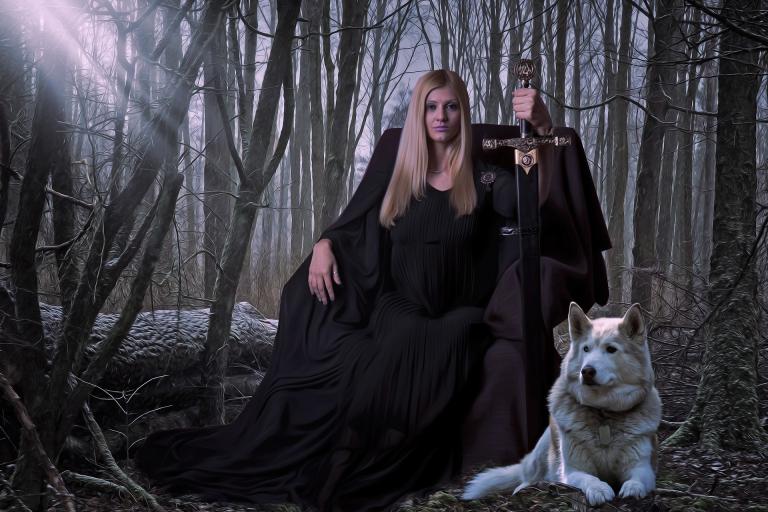
The glamour of the shell, of the vessel; it is thus that woman robs herself of her own power, desecrates and renders empty the infinity of possibility inherent in the symbol, for she has replaced it with the sign. And this is why we must be wary. The very building of the armour exposes the need for protection. If everything, every flaw, has already been made public, offered upon the altar of the shameless goddess, then there is no need for armour. Thus then may glamour become a mantle and a crown, not a breast-plate and helmet.
It does not matter how beautiful the sandcastles are; when the tide comes in, they will disappear. I build my castle on the rocks of this cliff; it may be plain, but it is strong, and there is a beauty in its simplicity; and when the tide comes in, it will be a castle by the shore.
To be a Priestess; this is not a declaration or intention.
It is not a swearing-in ceremony with a certificate and a shiny hat. It is not a sigil tattoo and a sweep of red lipstick. It is a choosing-every-minute, until it is no longer a choice. It is a dedication of every act, every experience, every thought, every interface, every meditation. For the devotee, every verb is an act of devotion.
To devote: this is to give up the Will to the Goddess. This is not an act of faith, but a conscious choice to play a game; a game which becomes real in the playing.
To be devoted. This means: to give every moment to Her. To find Her in every moment. Every instance of the individual interacting with the world becomes a confrontation between the soul and her God.
To walk as Priestess is not a path, but a forest; or a vast, endless plane.
Will and Love have had their day. They lost too much in translation; they did not achieve what they were intended to. In our efforts to liberate ourselves from the bearded Moloch god, we denied the Real of the Divine. Will and Love, these two were never sufficient. Now it is time we try something truly new: Devotion and Service.

A Priestess is she who mediates between God and the World, between the public and the private; for God lives in the body, not disincarnate in the air, and this is the Mystery of the Christ. The Priestess is the archetype of the Living God in Man; she was the Christ before the Christ, Magdelyn. The Priestess is she who embodies the unembodied, who expresses the intimate. She is Mediatrix. Thus is she artist, poet, musician, writer, dancer; a thousand thousand ways to express the infinite single truth.
The priestess is not the Mystic, nor the Hermit (though sometimes she is, for she is Lady of Contradiction); for the Priestess is She Who Serves. It is her commitment to service, to mediating between the God and man, that makes of her a Priestess. Thus the Priestess is not the private consort of the God but the public servant of the Hidden One. The Priestess is, by definition, a public figure. But are not all women’s bodies public? The Priestess is the answer, the hidden key. All realms of fluctuation are hers.
To experiment with consciousness; this playing and drawing, geomancy in the sand, all this is not for me.
I like to experiment, to play, with the public and the private, with complex; to probe on these strange online platforms the lines of intimacy, the flexibility of intimate space. My use of this public platform to explore the intimate is a devotional act; an act of making my private public; the more private, the more I strive to make it public, the more intimate, the more I strive to separate it from me. This play, this negotiation, this is an act of worship for the Goddess who has no shame, who embodies the guttural, screaming flux. This simple act of taking the most private thing and making it the most public; this does not change consciousness. It changes the world.
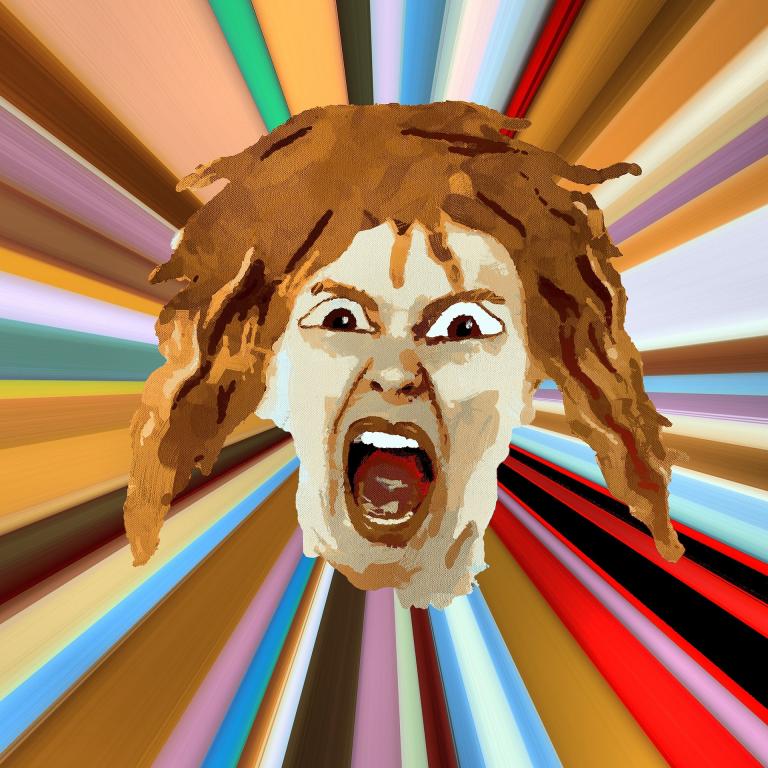
And now I am become the sin eater, she who takes all. And this, the sheer weight of confession, a hundred confessions of a reflection of my intimate experience, a hundred thousand women’s pain borne in my young body; thus I am become Persephone, and it is my task to make my women free.
What does it mean to be Initiatrix? To reach in and pull out. To find the most cherished desire and lay it bare, revealing its falsity, its opposition to the great work. To find the last shored up bit of identification, wherever it is buried, and to drag it up, knowing that when the hidden power of complex hits the light and air it will explode. To become a vehicle of pure instinct, to ignore danger and sense and know only love, in its most painful and horrifying aspects; this is what it is to be Initiatrix.
I define magic as the negotiation and renegotiation of personhood in the world.
Or perhaps, the negotiation and renegotiation of what is understood by ‘reality’ as the collection of personhood called ‘you’ interacts with all that might be called ‘not you’.
Seen in this way, there is no escaping the ethical dimensions of magic – the Great Work, which underpins all. It is impossible to be Priestess without treading this path.
Those who would resist, simply tread the path in the opposite direction, back towards the chaos of Chorozon, the mirror image that would reflect upon you all your fear.
I would even go further, and say: Personhood is constituted according to how we understand the play of magic and reality. To what extent do you recognise the god within you?
Now, all this word-play, this negotiation and renegotiation of concepts, this might be seen as the esoteric side of something that came to my attention at the recent Magickal Women’s Conference in London, this great public expression of the hidden private of women’s magic; the question of public and private space. And it strikes me that there is a fundamental parallel to put ten years of work into a twenty-minute conference paper, and the struggle to speak about the unspeakable experiences of intimate magic. But we must do this; we must do both these things.
We must take our place on the public stage, in public space. We must be loud, and messy, and thoughtful, and glamorous, and clever and spontaneous and instinctual. We must take our place on the public stage, not with Orders and corporation-owned Temples but in our own way; with interconnectivity, with the web of feminine power.
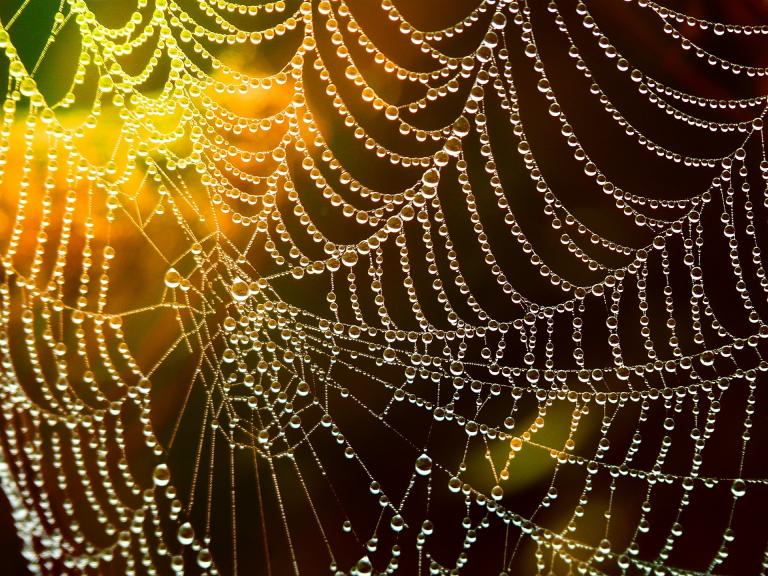
We must take back the knowledge economy. We must find a feminine articulation of the Word: Sophia. We cannot allow Man to own the Word. Both men and women have intimate inexpressible knowledge, and both men and women can express; we women have been robbed of our confidence, but not our ability. It is thus our task to find new articulations, new modes of articulation, new paths through the joy of communication, which is Communion.
For, if we allow the Word to be masculine and the unspoken feminine then we have missed the nature of the priestess, and we will never rise.
Yet I know that we will rise; we are already rising. Women are the mourners, the mediators; we are those who wail. We are the wailers, who cry great cries of the pain on behalf of the community, that the gods might hear our throes, and expedite the journey of the spirit towards the mother of all (what else was #metoo but our collective wailing?). Women are the mediators; this is not new. But the new will come, it is already coming. And it will look like a subtle reformulation of the outlines of the arguments, a conversation about terminology and word and symbol on the edges which, once complete, will be revealed to be a renegotiation of the thing-in-itself, with the Grail Maiden kicking down the door of the sanctuary, and opening Her Holy Vulva with Strength and Lust and Chastity (which may also be parsed as Pride).
We must do this. We need a new language for speaking about the unspeakable. Renegotiate the terms, and you renegotiate the thing itself. For we are in the business of the Mysteries: the inner contradiction, the space of negotiation and impossible mediation, between the Symbol and the Real.
Now, it may appear that there are two disparate strands to what I speak of here: that of the Priestess and the Magician, and that of the negotiation of public and private space as a woman in magic. But these things are not separate, for understanding the role of the Priestess as Mediatrix will help us to understand what is really at stake in this question of public and private, and why it is so important to remember our heritage. This is not the heritage of the witch burnings, of fear and survival, but of the culture that preceded and underpinned even this; of the ancient world, where woman was mediator, mourner and medium, the public face of divinity.
Sometimes privacy has been necessary; has been a source of safety, and of power. But times are changing, and we are at the crux; and now there is a choice that is not a choice, for the whole world flows with a tide.

Sometimes privacy has been necessary: but now it works against women. It allows us to be abused, and inhibits our resistance (for resistance needs solidarity); it allows us to be ignored, for we have reified the category of the voiceless.
A thousand years of work on the inner planes is meaningless if it is not accompanied by the radical movement of grace that breaks through the ongoing knowledge economy; if it is not accompanied by the Word, the act, the communication, the communion. Only thus may things move; this is the essence of magic, the Mystery of manifestation.
I have always been so frustrated when women speak of their practice as something that is only and exclusively private; intimate, between me and my God, not to be shared. And I wonder, how much of this is the inexpressibility of intimacy, and how much more is it fear; of being laughed at – of being killed.
Our memory is very long, so we women do our magic in private.
But by insisting on the privacy of our practice as something innate, rather than a survival mechanism, we are cutting ourselves off from our power. This is how late-stage patriarchy works, of course; turning us against ourselves.
We speak of the roles of women, the symbols and archetypes; but there is something lying beneath the Angel in the House and the Scarlet Woman alike, something resisted and yet reified in the figure of the High Priestess. Woman is a public figure. Every woman is the property of the socius. She is not a thing-in-itself, but her very womanness is a symbol of the infinity that lies within her. The woman does not have a private body, but a mediated one. Or rather, her body is the mediator between said and unsayable. Woman is a symbol; she has always been a way of describing the Mystery of the Other. This Mystery is the Mystery of fluid, the mystery of blood and sperm; the reason death and sex share an impulse: to act upon, to compound the otherness of the other; to seek to dissolve it, and in that act to find the irreducible truth of otherness.
However, what we practice is magical religion. The magic is in the collapse of the distinction between the symbol and the real in our embodied practice. The Mystic contemplates the symbol; the Priestess manifests the symbol as reality within the body.
Power and oppression are two sides of a silver coin. Woman as anima, the symbolic potency of womanhood, is both our greatest oppression, and the locus of our power. This is why we must be public. We must stop inspiring individual men to greatness, allowing them to use our potency. We must inspire other women, and in them the world. We must enter into service for the world, we must give the self up to be used in an ongoing act of joyful devotion to the Goddess. This is what makes of us Priestess: to feel the current of the divine, to see it in action in the world, manifested through our own two hands.
——–
[1] Liber Cheth vel Vallum Abiegni sub figurâ CLVI
[2] Liber Cheth
[3] Haidée, Don Juan, Canto iii. Stanzas 70–75, Lord Byron.


